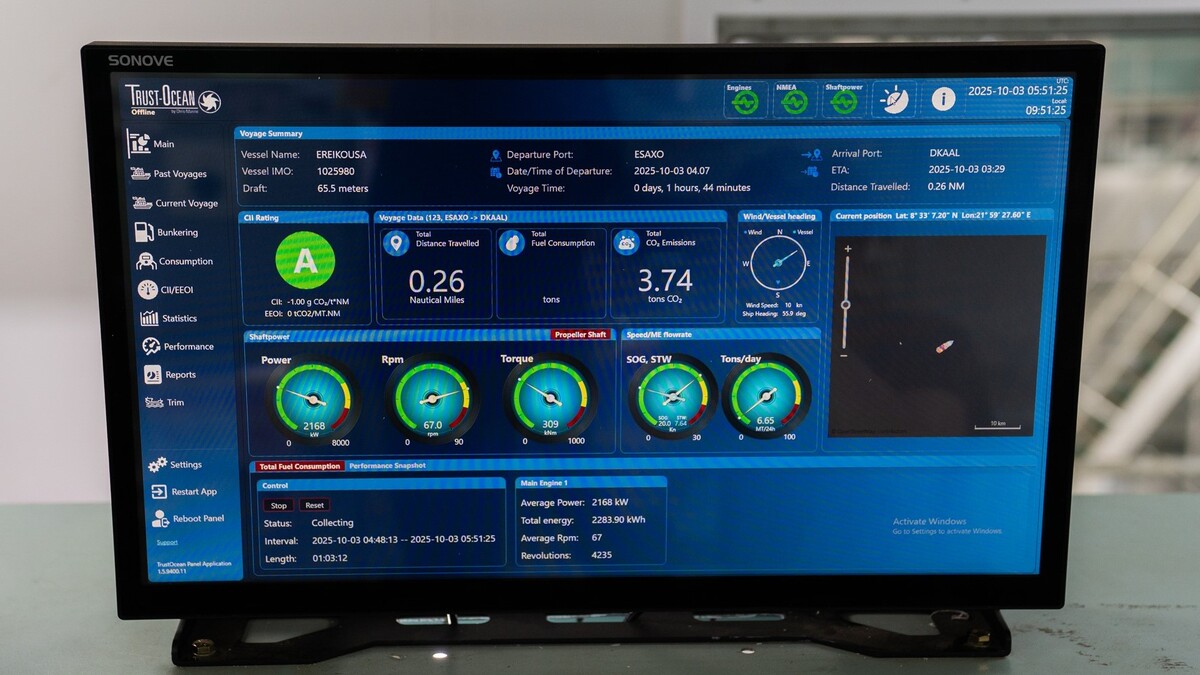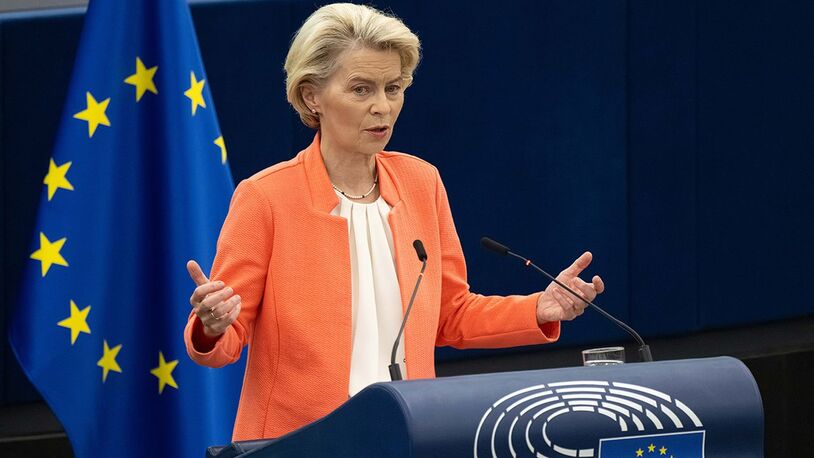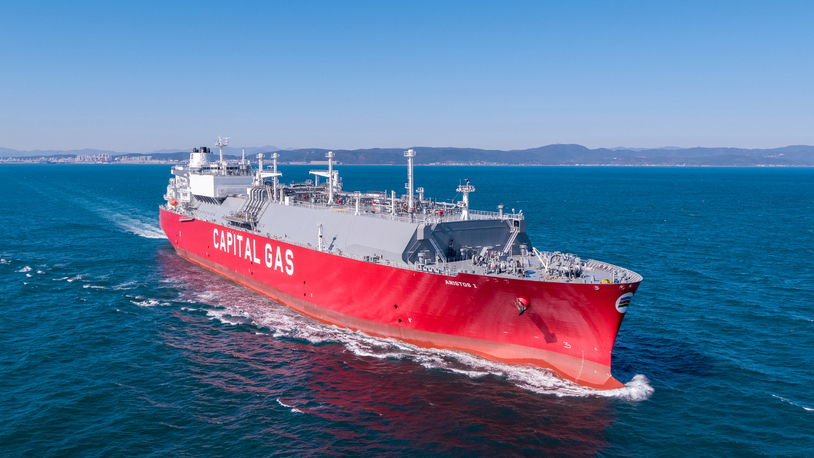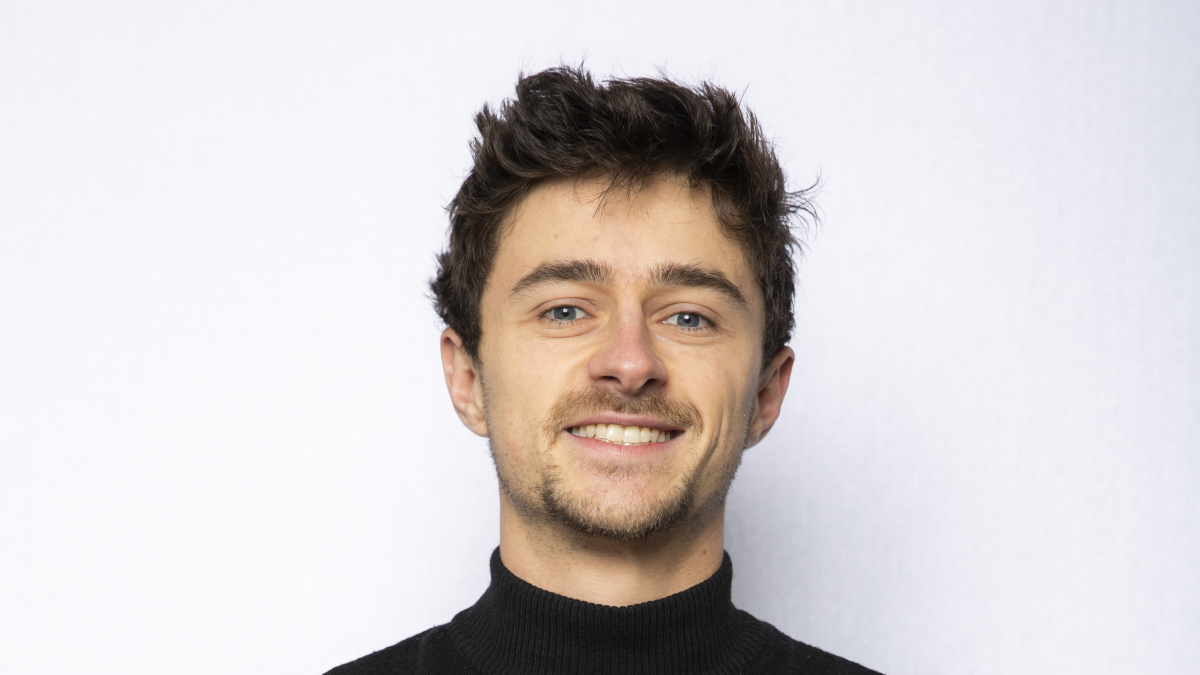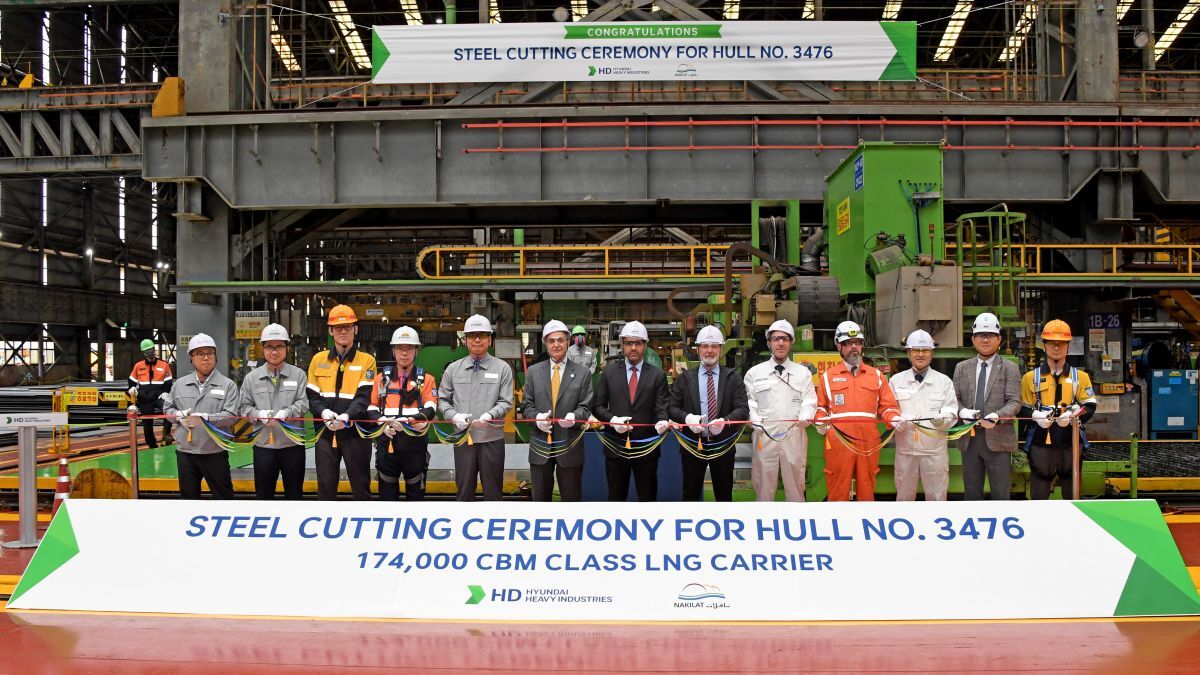Business Sectors
Events
Ship Recycling Webinar Week
Contents
Yemen LNG loads first cargo
The first cargo from Yemen LNG’s new export terminal at Balhaf on the country’s Gulf of Aden coast has been loaded on board the 150,000m3 membrane tank Hyundai Ecopia. The Hyundai Merchant Marine-owned vessel is transporting the cargo to Korea on behalf of Korea Gas Corp (Kogas), one of Yemen LNG’s long-term customers.
Yemen LNG began producing LNG from the first of its two 3.3 million tonnes per annum (mta) liquefaction trains on 15 October 2009. The first train is scheduled to build towards full capacity over the coming months while Train 2 is on target to commence operations in mid-2010.
The US$4.5 billion Yemen LNG project is the largest investment ever made in Yemen. The project was launched in August 2005 and its shareholders are Total, the project leader with a 39.62 per cent stake, Yemen Gas Co with 16.73 per cent, Hunt Oil has 17.22 per cent, SK Energy with 9.55 per cent, Kogas owns 6 per cent, the Yemen Social Security and Pensions Authority has 5 per cent and Hyundai Corp owns 5.88 per cent.
The full output from the two-train Yemen LNG plant is committed under three 20-year sales and purchase agreements (SPAs). The SPAs are with Kogas of South Korea, which has signed up for 2 mta of LNG, with GDF Suez for 2.55 mta and with Total Gas & Power for 2.15 mta.
Hyundai Ecopia is one of four vessels that will be employed in the carriage of the Yemen LNG cargoes destined for Kogas. These ships will be owned by Korea LNG Trading, a consortium established to provide the vessels that Kogas will take on long-term charter for the carriage of Yemen LNG and Sakhalin II cargoes to Korea. The participants in Korea LNG Transport are Korea Line, with a 36 per cent stake, Kogas itself with a 28 per cent holding and Hyundai Merchant Marine and STX Pan Ocean, each with 18 per cent.
The year-old Hyundai Ecopia is one of the first LNG carriers to be built to ice class. The ship complies with the Russian Maritime Register’s Ice Class LU2 requirements, a modest ice class notation which enables the vessel to also load cargoes year-round at the Sakhalin II LNG export terminal in the Russian Far East. In addition, Hyundai Ecopia’s hull has been designed with a projected 40 year fatigue life.
LNG carrier movements at Balhaf are assisted by a fleet of four powerful escort tugs supplied by a Lamnalco joint venture. The four 100-tonne bollard pull, Robert Allan-designed RAStar terminal escort and support tugs are provided under the terms of a 20-year towage services contract with Yemen LNG. A comprehensive crew training programme aimed at maximising Yemeni content in operating the tugs was initiated in 2007 when the newbuilding contract for the vessels was placed with the Medmarine yard in Turkey.
Related to this Story
Events
Ship Recycling Webinar Week
International Bulk Shipping Conference 2025
Tankers 2030 Conference
Maritime Navigation Innovation Webinar Week
© 2024 Riviera Maritime Media Ltd.

